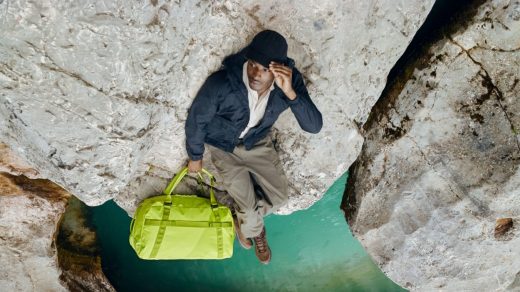Away’s biggest launch in years is a massive departure
Travel ground to a standstill during the pandemic, but it’s now back with a vengeance.
Away is launching a new category of luggage to take advantage of this uptick. A week from today, the company is releasing a line of outdoor gear, called For All Routes (F.A.R), that includes duffel bags, convertible backpacks, and messenger bags made of water-resistant material, designed for hikes and road trips. Away is touting this launch as the next chapter in its brand evolution. After a damaging exposé about the brand’s toxic culture in 2019, followed by months of low sales when the pandemic hit, this new collection gives Away an opportunity to re-introduce itself to consumers in a post-pandemic world.
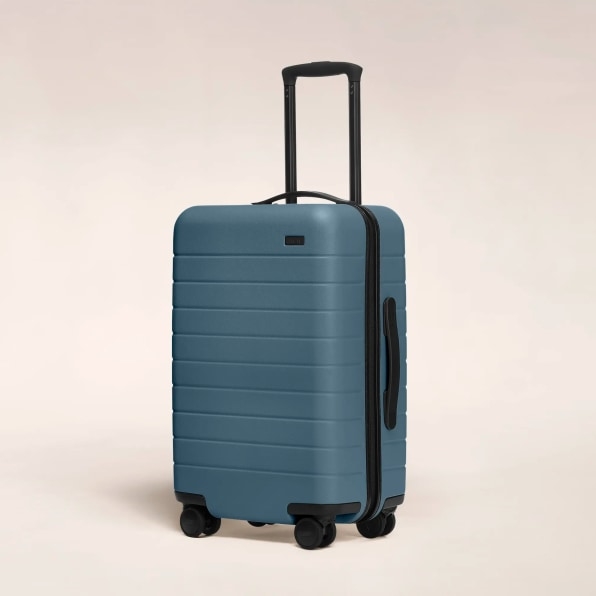
Away launched in 2015 with a hardshell suitcase that quickly became an Instagram fixture as customers shared pictures of their luggage on their travels. Cuan Hanly, Away’s chief design officer, says the suitcase remains the top selling product and he expects that it will continue to be the core of the business. But the suitcase and its matching accessories, like the carry-on duffel and tote bags with trolley sleeves, were primarily designed for air travel, particularly for people who went on frequent work trips. “The hard side luggage is fantastic in an urban environment, going from city to city,” Hanly says. “But we saw a desire for a product that could go a bit further.”
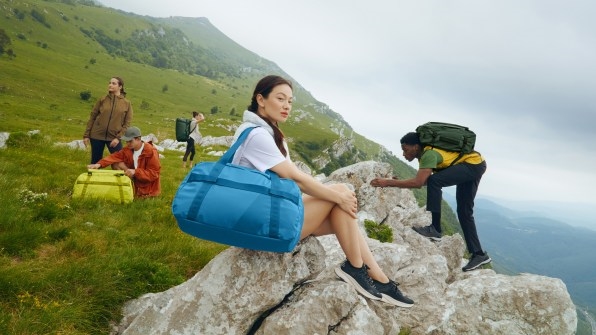
According to Away’s internal research, half of travelers expect to travel differently post-pandemic: They want to spend more time in nature and the outdoors. This may be because people developed new travel habits during the pandemic, when traveling on planes was risky, but socially-distant trips in nature—like camping and road trips—were safer. Hanly’s team has designed this new line for these contexts. Away hopes to win over a new kind of customer with this line, while also giving current customers new products to buy. “Our existing customer may have gone elsewhere for these types of products,” he says.
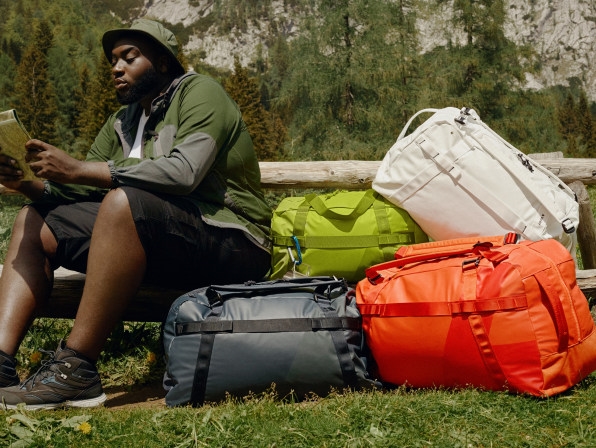
Hanly says the team focused on using lightweight, durable materials that are made from recycled polyester. With the duffel bag, they’ve incorporated the compression system found in the suitcases to allow travelers to pack more. From a design perspective, the line is a major departure from Away’s previous pieces. While the suitcases are sleek, with minimalist branding, this line is emblazoned with a large “A” and comes in more vibrant colors, including a vivid blue and a neon yellow that it is calling “atomic celery.” “Our core products have a stripped-back, clean feeling,” Hanly says. “With F.A.R., we had a lot of fun playing with colors that pop.”
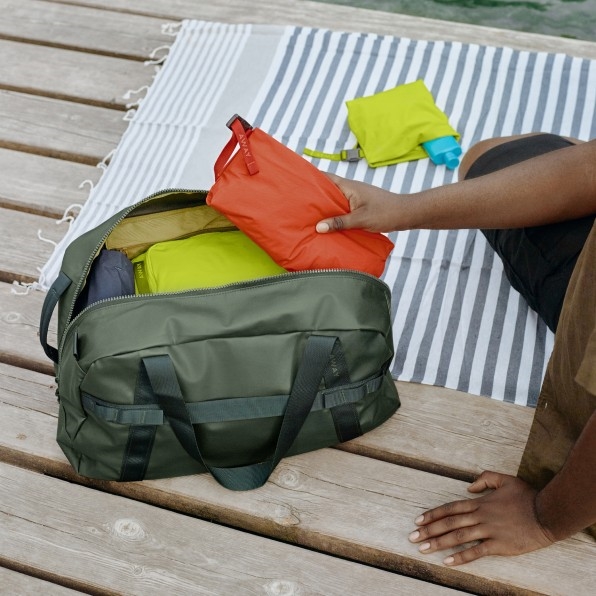
Many direct to consumer brands launched with a single product and then expanded. Allbirds, for instance, launched with a wool sneaker in 2016, but its products now include a range of shoes and active wear. Warby Parker launched by selling glasses online, but has since expanded to more than 150 stores, many that now include ophthalmological services. Other brands, however, have been less successful in their efforts to branch out. Glossier tried to go beyond its minimalist makeup to create a brand of colorful lipsticks and eyeshadows, but they were quietly discontinued it because of poor sales.
Away has suffered several blows over the past three years, starting in December 2019, when the Verge published an in-depth piece in which former Away employees described how the startup’s inclusive branding was at odds with its toxic work culture. Then-CEO Steph Korey, whose management style the article described as being harsh, stepped away from the company, but then changed her mind in January 2020 and returned. She ultimately left the company later that year, and her co-founder Jen Rubio took over as CEO.
But by then the pandemic had struck, halting travel. Away saw a 90% drop in revenue and furloughed half of its employees. The startup’s 2020 revenues were about $135 million, half of what it made the year before. Hanly says the brand has been growing, particularly with the spike in travel, but he did not specify by how much. Still, in the last few years, many competing startups have had a chance to grow their brands and could post a threat to Away’s expansion, including eco-friendly travel brand Paravel, customizable luggage brand Roam, and Baboon to the Moon, which makes outdoorsy duffles and backpacks in bright colors, similar to Away’s F.A.R.
(32)

